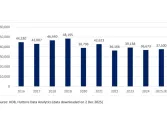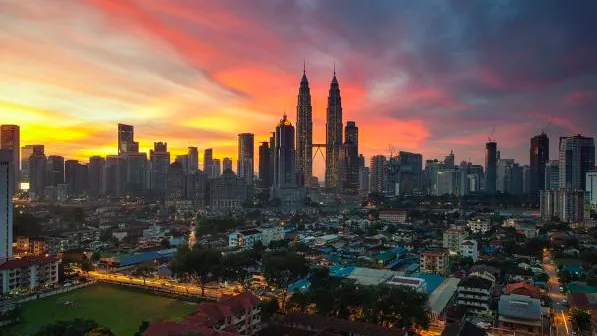
Malaysian buyers willing to pay only 3% more for green homes
But it costs up to 6% more to build a green-certified residential building.
With sustainability gaining traction amongst real estate investors, green buildings will soon be a must and not just a mere nice-to-have for Malaysia’s buildings and construction industry. Add to that the policymakers’ increased efforts to address climate change by implementing stringent building energy codes.
In a recent report, CGS-CIMB said, “We expect the domestic buildings and construction sector will likely evolve to achieve net-zero carbon buildings via: (i) implementation of mandatory building energy codes, (ii) targets for more buildings to be green-certified, (iii) promote industrialised building systems (IBS) adoption and automation, and (iv) increase usage of eco-friendly green building materials.”
Here’s more from CGS-CIMB:
Green buildings come with a price tag
Based on our findings, the construction cost premium for green buildings range at 0-14% vs. conventional buildings. Empirical studies published by Knight Frank and MDPI show that green commercial buildings are able to command a higher selling premium vs. conventional buildings. The higher green construction cost premium vs. lower presale green premium for such residential buildings could dent developers’ margins.
As per a Life Science Journal’s article, a majority of Malaysian home buyers are only willing to pay up to 3% premium for green homes, vs. a 0-6% green construction cost premium for a Green Building Index (GBI) certified residential building.
We believe property players will prioritise green-fitted commercial/industrial buildings given the higher marketability and selling price premium as real-estate operators and office occupiers need to address environmental, social and governance (ESG) issues. However, green-fitted residential buildings may not command a selling price premium as home buyers are more sensitive to pricing, in our view.
Developers with green buildings experience are better positioned
We expect property players with i) experience in designing and obtaining green certification for their buildings/projects, and ii) high adoption of IBS and in-house IBS manufacturing facilities, to benefit from the rising demand for green-rated buildings/projects. We like SP Setia within this space as it has experience obtaining green certification for buildings and in-house IBS manufacturing facilities, which is unique among developers. We also like Sime Darby Property which has set clear goals and action plans under its 2030 Sustainability Goals to cover green building development aspects. We retain sector Neutral given affordability issues, potential interest rate hikes, and higher property overhang, which is balanced by KL Property Index’s undemanding valuation, in our view. A key potential sector upside risk is stronger-than-expected new sales, while a key downside risk is a weaker macro outlook.
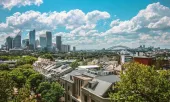

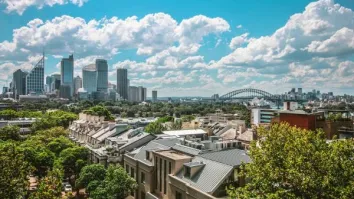

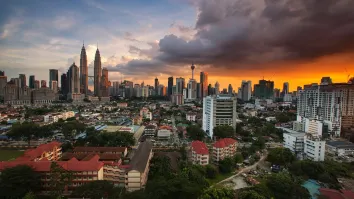
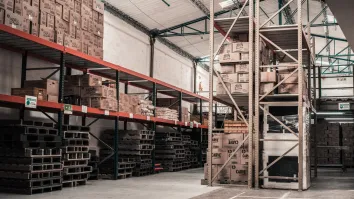

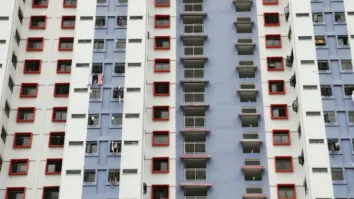

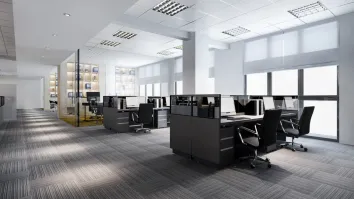
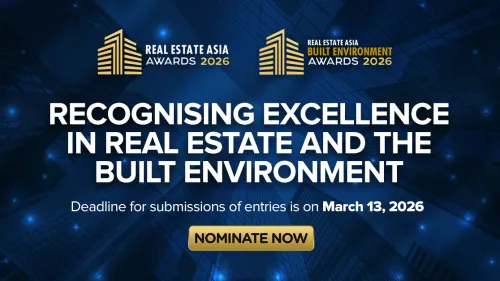

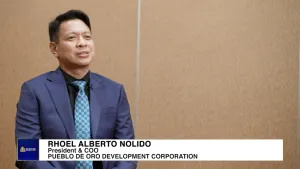
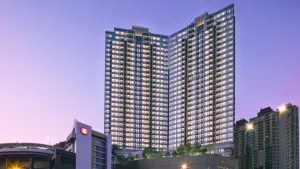
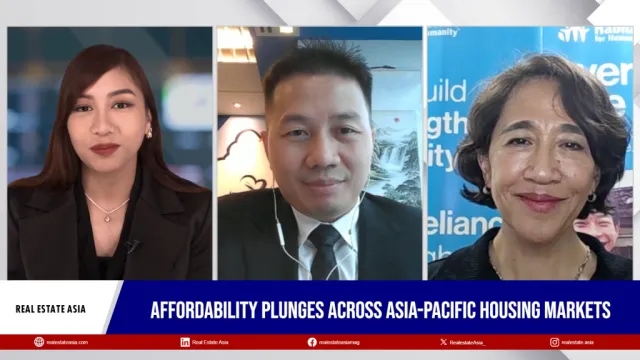
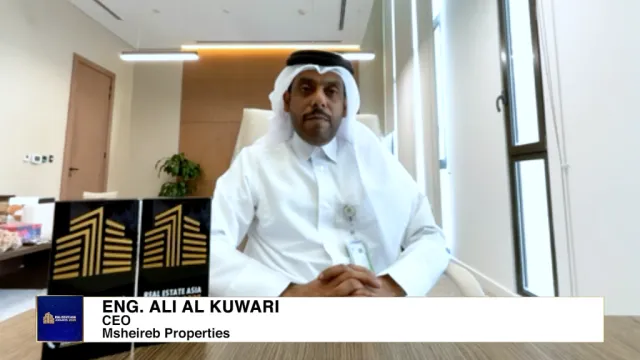
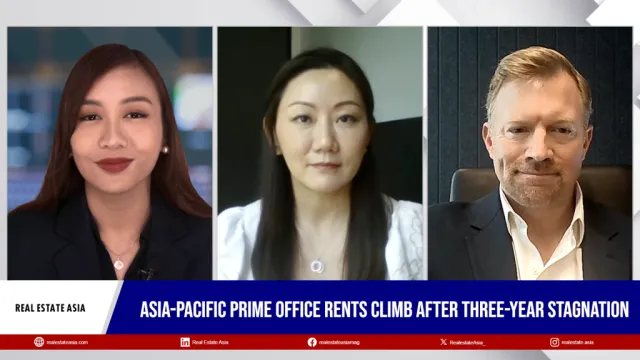

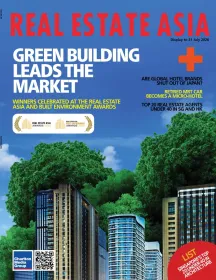
 Advertise
Advertise
